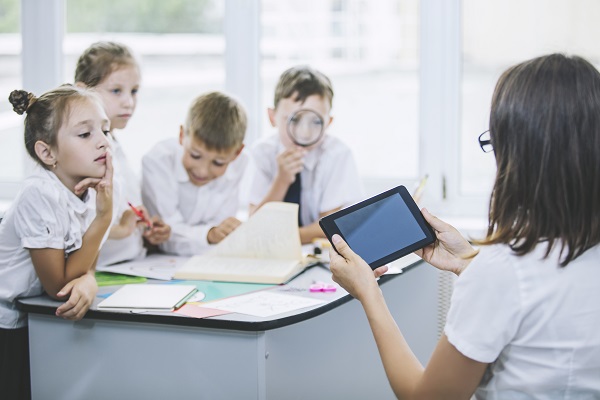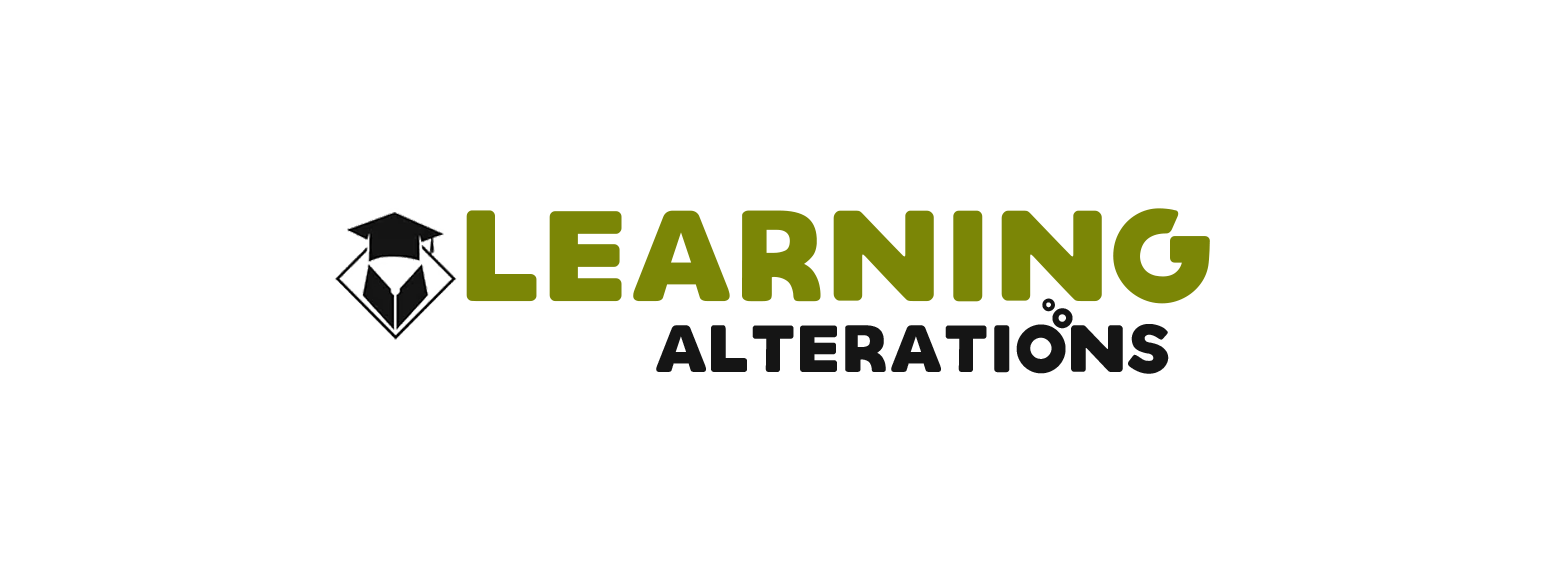Inclusive teaching practices refer to the methods employed by educators to ensure that every student feels valued, respected, and supported in the classroom. This is particularly important for schools and universities with a diverse student population. Inclusive teaching practices are aimed at accommodating all learners, regardless of their race, ethnicity, culture, language, gender identity, sexual orientation, or ability. In this article, we will discuss some of the best inclusive teaching practices that every educator should employ to create a welcoming and inclusive learning environment.
1. Create a Safe and Welcoming Environment
The first step towards inclusive teaching is to create a safe and welcoming environment for all learners. This can be achieved by creating a classroom culture that celebrates diversity, promotes mutual respect, and values the contributions of all students. Educators can achieve this by using inclusive language, displaying posters and images that represent diversity, and encouraging students to share their experiences and perspectives.

2. Use a Variety of Instructional Strategies
One of the best ways to accommodate diverse learners is to use a variety of instructional strategies. This can include using visual aids, hands-on activities, group work, and technology. By using a variety of instructional strategies, educators can ensure that all learners are engaged and have an opportunity to learn in a way that works best for them.
3. Provide Accessible Learning Materials
Another important aspect of inclusive teaching is to provide accessible learning materials. This can include providing materials in multiple formats, such as audio or video, using large print or braille, or providing captioning or transcripts for videos. Educators can also provide additional resources or accommodations for learners with disabilities or special needs.
Build Relationships with Students
Building relationships with students is crucial for creating an inclusive learning environment. Educators can achieve this by getting to know their students, understanding their needs and interests, and providing personalized support. By building relationships with students, educators can create a sense of belonging and trust, which can lead to better learning outcomes.

5. Foster Collaboration and Communication
Collaboration and communication are essential skills for success in the 21st century. Educators can foster collaboration and communication skills by providing opportunities for group work, encouraging discussion and debate, and using technology to facilitate communication. By fostering collaboration and communication, educators can help learners develop important skills that are essential for success in their future careers.
Inclusive teaching practices are essential for accommodating diverse learners and creating a welcoming and supportive learning environment. By employing the above strategies, educators can ensure that all students feel valued and supported in the classroom. This can lead to better learning outcomes, higher levels of engagement, and increased student success.





